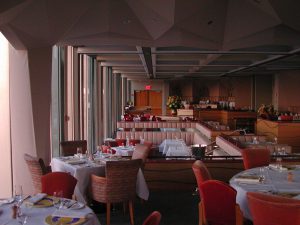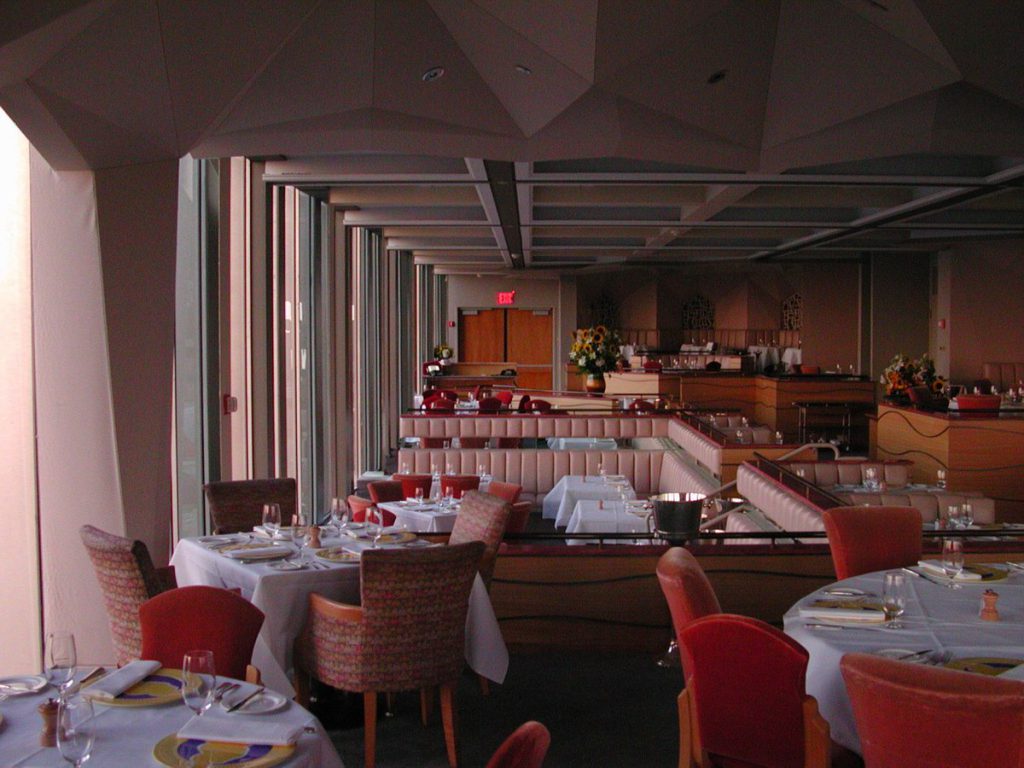 This one has been getting a lot of popular media attention… and really the title says it all “Evidence of Long-Distance Droplet Transmission of SARS-CoV-2 by Direct Air Flow in a Restaurant in Korea”. This study describes a transmission that took place at over 20 feet in only 5 minutes… both problematic considering the standard close contact definition of 6 feet for 15 minutes. Abstract below:
This one has been getting a lot of popular media attention… and really the title says it all “Evidence of Long-Distance Droplet Transmission of SARS-CoV-2 by Direct Air Flow in a Restaurant in Korea”. This study describes a transmission that took place at over 20 feet in only 5 minutes… both problematic considering the standard close contact definition of 6 feet for 15 minutes. Abstract below:
BackgroundThe transmission mode of severe acute respiratory syndrome coronavirus 2 is primarily known as droplet transmission. However, a recent argument has emerged about the possibility of airborne transmission. On June 17, there was a coronavirus disease 2019 (COVID-19) outbreak in Korea associated with long distance droplet transmission.
MethodsThe epidemiological investigation was implemented based on personal interviews and data collection on closed-circuit television images, and cell phone location data. The epidemic investigation support system developed by the Korea Disease Control and Prevention Agency was used for contact tracing. At the restaurant considered the site of exposure, air flow direction and velocity, distances between cases, and movement of visitors were investigated.
ResultsA total of 3 cases were identified in this outbreak, and maximum air flow velocity of 1.2 m/s was measured between the infector and infectee in a restaurant equipped with ceiling-type air conditioners. The index case was infected at a 6.5 m away from the infector and 5 minutes exposure without any direct or indirect contact.
ConclusionDroplet transmission can occur at a distance greater than 2 m if there is direct air flow from an infected person. Therefore, updated guidelines involving prevention, contact tracing, and quarantine for COVID-19 are required for control of this highly contagious disease.
